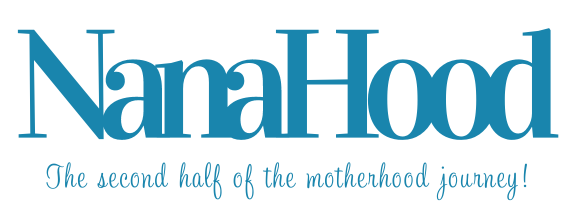More about The Blind Side (guest post)
‘The Blind Side’ should trouble as well as inspire…Oher’s story is about private individuals, about personal choices and responsibility, and about Christians
by Star Parker 
“The Blind Side” is a beautiful new film based on a magnificent and heartwarming true story.
But I hope that the many who see it do not simply walk out all aglow. It should also produce concern.
This story about hopelessness transformed into achievement should be a typically American story. We should be concerned that, increasingly, this is not the case. That this is the exception that should be the rule.
Michael Oher’s story has already received much attention. How a homeless black 15-year-old winds up in a Christian private school and how a white Christian couple adopted him and helped him develop to get the grades to stay in school, become a star athlete, an All-American football player and a multimillion-dollar NFL draft pick.
Our wake-up call should be that the factors that saved and transformed Michael Oher’s life stand in stark contrast to the government solutions we hear from Washington about dealing with our problems relating to poverty and education.
Oher’s story is about private individuals, about personal choices and responsibility, and about Christians.
And it’s not just about white Christians. The decision that started the chain of events that changed Oher’s life came from a black Christian woman.
Oher, fatherless, with a drug-addicted mother, bounced from one foster home to another, and then moved from one private home to another, sleeping on friends’ floors in a Memphis, Tenn., ghetto. While Oher was sleeping on the floor at “Big Tony” Henderson’s place, Henderson’s mother died. Her dying wish was to get her grandson, Steven, out of the public school where he was enrolled and into a “Christian school.”
The film opens with Tony making his pitch at the Briarcrest Christian School (called Wingate in the film) in Memphis to enroll his son. And, to also admit his son’s friend “Big Mike.”
Steven’s acceptance wasn’t problematic, because he had good grades. But Oher, with a 0.6 GPA, demanded all the Christian grace the admission team could muster. It came through.
Michael Lewis’ book, on which the film is based, discusses Oher’s public-school experience before Briarcrest, which the film skips over.
He’d been in 11 different schools. The public schools were pushing him through to get rid of him, not to educate him.
His records showed that in ninth grade he missed 50 days of school, yet he was passed.
The film also ignores the IQ issue, which in the book is an eye opener.
Shortly after his enrollment at Briarcrest, Oher, struggling to make it, met Sean and Leigh Anne Tuohy, a self-made couple of means. They took him in and soon adopted him.
By his senior year, making a final push to get his grade-point average to meet NCAA standards for college admission, they took him to psychologists for intelligence testing.
They found, incredibly, that in his few years at Briarcrest, his IQ increased almost 30 points. When he was admitted, his IQ measured 80. Now tests showed him as between 100 and 110. This, according to Lewis, “wasn’t supposed to happen. IQ was meant to be a given, like the size of one’s feet.” The psychologists were dumfounded.
Michael Oher achieved this. But he couldn’t have done it without a Christian school and his caring Christian adopted parents who loved him and respected his uniqueness.
President Barack Obama’s $4.5 billion in new education spending will not fix our education crisis. Government and moral relativism never has been the answer and will not be.
School choice and traditional values are the answers. It’s freedom, not bureaucrats, that produces miracles. Michael Oher may be an exceptional individual, but his story need not be an exceptional story.
Star Parker is president of the Coalition for Urban Renewal & Education and this article is reprinted from http://www.urbancure.org/article.asp?id=3191 with her permission



